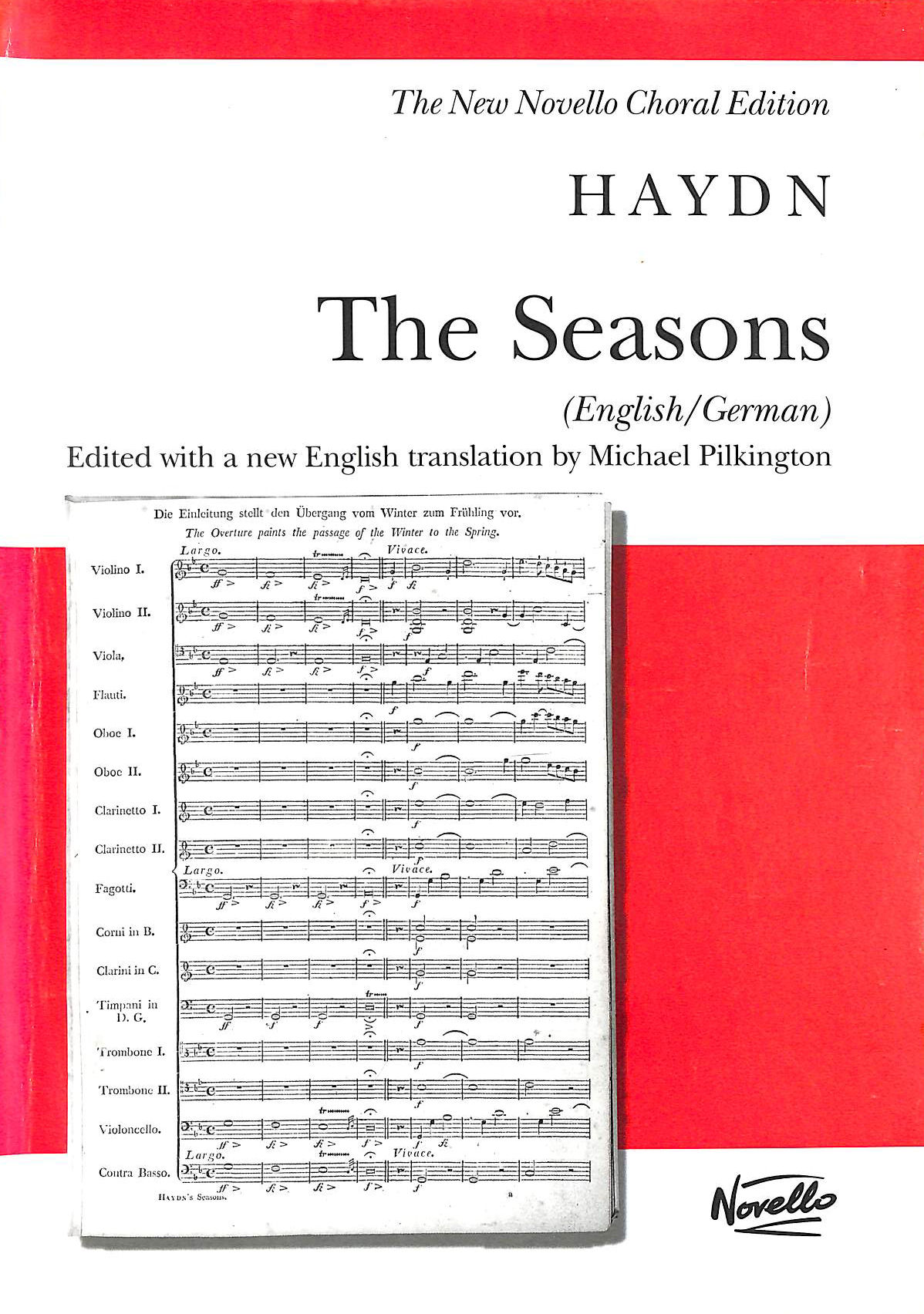

The concertos’ 12 movements, each three or four minutes long, fitted radio playlists as snugly as a soft Venetian glove.Ī revival of interest in period instruments resulted in lighter, pacier renditions than the full-cream orchestral sounds of the past. From the 1950s each new audio technology-stereo, cassette, CD, digital streaming-brought fresh interpretations.

It was a prize-winning recording of 1947 by Louis Kaufman, an American violinist, which opened the path to global renown. Vivaldi’s cycle needed advocates untainted by the Italian dictator and fascism. Bernardino Molinari, the conductor, dedicated his transcription of the “Seasons” to Benito Mussolini. It led, via a “Vivaldi Week” in Siena in 1939, to a recording of the piece in 1942 by Rome’s Orchestra dell’Accademia di Nazionale Santa Cecilia. In 1926 the acquisition of a cache of manuscripts from a monastery by Turin National University Library kick-started a revival. In 1913 Fritz Kreisler, a violin virtuoso, wrote a pastiche Vivaldi concerto and passed it off as an original. As a youngster Edward Elgar learned from Vivaldi scores. Johann Sebastian Bach discreetly borrowed from “Spring” in a cantata of 1726 and, in 1775, Jean-Jacques Rousseau, a philosopher and sometime composer, arranged the concerto for solo flute.ĭuring the 19th century the works, and their composer’s reputation, went into hibernation. Pirated editions were circulated soon after the first printing in Amsterdam Anthony Pryer, a musicologist, says the compositions became “transnational works”.

That trailblazing sparkle quickly won European fame. From sultry summer to shivering winter, its unexpected harmonies surprise and delight. For Mr Chandler, the work is “like an opera, but for one voice: the violin”. The appeal of “The Four Seasons” rests on dramatic transitions from one cleverly staged scene-hunts, merry-making, storms-to another. Indeed, “Spring” shares a theme with one: “Il Giustino”. Vivaldi spent much of his career as the music director of a girls’ orphanage in Venice: it is possible he wrote the “Seasons” with a star pupil, a violinist known as Anna Maria della Pietà, in mind. A set of pastoral sonnets, perhaps by Vivaldi himself, accompanied the music. (Play “like a sleeping goatherd”, runs one instruction.) Earlier Baroque composers had imitated natural sounds, yet this full-scale “programmatic” plan was novel. Each concerto evokes the climate and customs of its season with vivid descriptive episodes-birdsong, gales, frost, barking dogs and so on-often specified in the score. Mr Chandler underlines the originality of the sequence’s format.


 0 kommentar(er)
0 kommentar(er)
